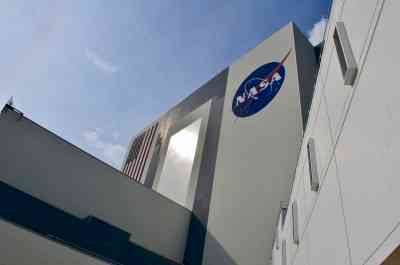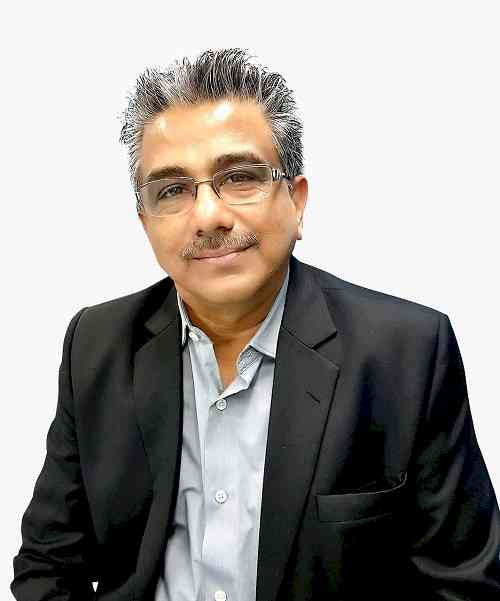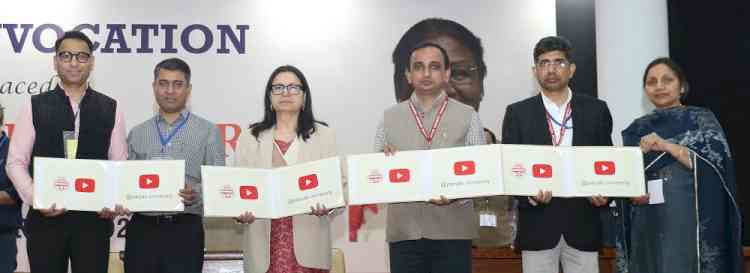NASA asks US industry to develop spacecraft to safely deorbit space station
NASA has issued a proposal to the US industry to plan and develop a US Deorbit Vehicle (USDV) to help in safely deorbiting the International Space Station (ISS).

Washington, Sep 21 (IANS) NASA has issued a proposal to the US industry to plan and develop a US Deorbit Vehicle (USDV) to help in safely deorbiting the International Space Station (ISS).
The USDV is a spacecraft meant to safely deorbit the ISS as part of its planned retirement in 2030.
According to NASA, a new spacecraft solution would provide more robust capabilities for responsible deorbit.
The agency said USDV will be a new spacecraft design or modification to an existing spacecraft that must function on its first flight and have sufficient redundancy and anomaly recovery capability to continue the critical deorbit burn.
As with any development effort of this size, the USDV will take years to develop, test and certify, NASA said.
Since 1998, five space agencies (the Canadian Space Agency, the European Space Agency, the Japan Aerospace Exploration Agency, the National Aeronautics and Space Administration, and the State Space Corporation "Roscosmos") have operated the ISS, with each responsible for managing and controlling the hardware it provides.
The station was designed to be interdependent and relies on contributions from across the partnership to function.
The US, Japan, Canada and the participating countries of ESA (European Space Agency) have committed to operating the station through 2030, and Russia through at least 2028.
At the conclusion of the ISS programme, the station will be deorbited in a controlled manner to avoid populated areas.
The safe deorbit of the ISS is a shared responsibility of all five space agencies through partner contributions based on mass per cent ownership by the agency.
In the future, the US plans to transition its operations in low earth orbit to commercially-owned and -operated platforms to ensure continued access and presence in space for research, technology development and international collaboration.
To maximise value to the government and enhance competition, the acquisition of USDV will allow offerors flexibility in proposing firm fixed price or cost plus incentive fee for the design, development, test and evaluation phase. The remainder of the contract will be a firm fixed price, NASA said.


 IANS
IANS 








